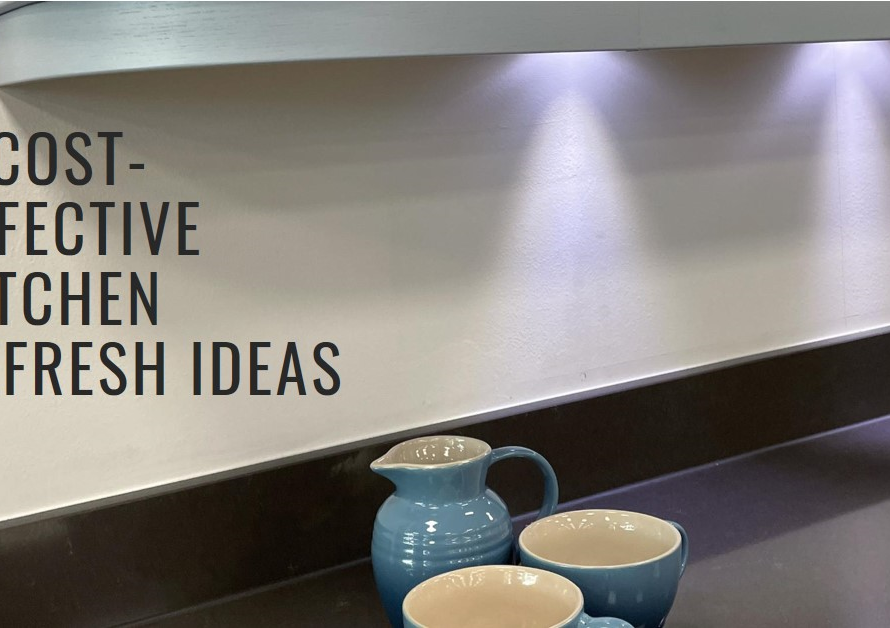
Table of Contents
- Introduction : Interior Design
- 1. Setting the Foundation: Establishing Clear Communication
- 2. Detailed Contracts: The Blueprint for Success
- 3. Vetting Contractors: Choosing the Right Partner
- 4. Budget Management: Keeping Finances in Check
- 5. Timeline Adherence: Staying on Schedule
- 6. Conflict Resolution: Navigating Disputes
- 7. Quality Control: Ensuring High Standards
- 8. Collaboration Tools: Leveraging Technology
- 9. Final Handover: Completing the Project
- Conclusion: Building Successful Partnerships
Introduction : Interior Design
Embarking on interior design projects often means partnering with contractors to bring visions to life. This collaboration is crucial for transforming ideas into tangible realities. For interior designers, understanding how to effectively work with contractors can make or break a project. Here, we provide a comprehensive guide to ensure seamless interactions and successful outcomes.
1. Setting the Foundation: Establishing Clear Communication
Communication is the cornerstone of any successful project. From the initial stages, it’s essential to establish a clear line of communication with your contractor. Regular meetings and updates can help prevent misunderstandings and keep everyone on the same page.
One effective method is to set up a communication plan that outlines the frequency of updates, preferred communication channels, and key points of contact. This plan should be agreed upon by both parties to ensure mutual understanding and commitment.
2. Detailed Contracts: The Blueprint for Success
Contracts are not just formalities; they are vital documents that define the scope, timeline, and budget of a project. A well-drafted contract can prevent many common issues by clearly outlining expectations and responsibilities.
Ensure your contract includes detailed specifications, payment schedules, deadlines, and procedures for handling changes. Having a comprehensive contract can provide a reference point if disputes arise, ensuring both parties remain aligned on the project’s objectives.
3. Vetting Contractors: Choosing the Right Partner
Selecting the right contractor is critical. Begin by conducting thorough research, seeking recommendations from trusted sources, and reviewing portfolios of previous work. Interviews are also an essential step, allowing you to assess the contractor’s expertise, reliability, and compatibility with your working style.
It’s also beneficial to check references and visit completed projects. This firsthand experience can give you a better understanding of the contractor’s craftsmanship and attention to detail, ensuring you select a partner who meets your standards.
4. Budget Management: Keeping Finances in Check
Budget overruns can derail even the most meticulously planned projects. Therefore, maintaining strict control over finances is crucial. Start with a detailed budget that accounts for all aspects of the project, including materials, labor, and contingencies.
Regularly reviewing expenses with your contractor can help identify potential issues early. Additionally, setting aside a contingency fund can provide a financial buffer for unexpected costs, ensuring the project stays on track.
5. Timeline Adherence: Staying on Schedule
Time management is as important as budget management. Establish a realistic timeline at the project’s onset and ensure it includes milestones and deadlines for each phase. Regular progress meetings can help monitor adherence to the schedule and address any delays promptly.
If delays occur, it’s vital to assess their impact on the overall timeline and budget. Open communication and flexibility can help manage these situations effectively, ensuring the project moves forward smoothly.


6. Conflict Resolution: Navigating Disputes
Conflicts can arise in any project, but handling them professionally can prevent escalation. Establish a conflict resolution plan at the beginning, outlining steps to take if disagreements occur. This plan should include a clear chain of command and procedures for mediation.
When conflicts do arise, addressing them quickly and calmly is key. Focus on finding mutually beneficial solutions rather than assigning blame, and always refer back to the contract to guide decisions.
7. Quality Control: Ensuring High Standards
Maintaining high standards of quality throughout the project is essential. Regular site visits and inspections can help ensure the work meets the agreed-upon specifications and quality levels. Encourage your contractor to also self-monitor and report on quality issues as they arise.
Implementing a snagging list at the end of the project can ensure all minor defects are addressed before final handover. This list should be reviewed and agreed upon by both parties, ensuring complete satisfaction with the finished product.
8. Collaboration Tools: Leveraging Technology
Modern technology offers numerous tools to facilitate collaboration between designers and contractors. Project management software, digital blueprints, and virtual walkthroughs can streamline communication and coordination.
Tools like these can provide real-time updates and centralize project information, making it easier to track progress, manage changes, and keep everyone informed. Utilizing these technologies can enhance efficiency and improve project outcomes.
9. Final Handover: Completing the Project
The final handover is a critical stage where the project transitions from construction to completion. This phase involves thorough inspections, final adjustments, and the resolution of any outstanding issues.
Conduct a detailed walk-through with your contractor to ensure all aspects of the project meet your standards. Providing a comprehensive handover document, including all relevant project details and warranties, can ensure a smooth transition and client satisfaction.
Conclusion: Building Successful Partnerships
Working with contractors is a collaborative effort that requires clear communication, detailed planning, and mutual respect. By following these guidelines, interior designers can forge successful partnerships with contractors, ensuring projects are completed on time, within budget, and to the highest quality standards. These principles not only enhance the project’s success but also build a foundation for future collaborations, fostering a network of reliable and professional relationships in the industry.


